Good morning-
It is so hard to tell anything from a photo. This could be an allergic reaction possibly. You will have to have your vet look at them in person though to be sure. If it is, they can give you some medications (oral/topical) that will help clear it up and offer some comfort to your pup. It could also be a side effect caused by something else- I wouldn’t do anything until you get to see your vet. Best of luck!!!!
My pet was spayed nearly 2 weeks ago tomorrow. She was fine for the first few days. But after a few days, a round “lump” was present under the scar. It does hurt and she lets us touch and look at it. The vet has said they don’t think it’s a hernia and it is just inflammation after a reaction to the sutures. Can anyone help? Could is be a seroma? Thanks!
Comments
My dog has these spots all over his body what can I do about them and does anybody know what they are?
Comments
Comments
Small lump on dogs ear.
My dog is around 10 years old at this point, he is a King Charles spaniel x Patterdale and has never had any major health problems. He is an extremely active and energetic dog but has a small hard red lump on his ear.
I probably noticed it a few weeks ago, as far as I can tell it hasn’t changed in size. He quite often gets thorns stuck in his skin as he likes to dive into absolutely anything to retrieve his ball, so maybe it could be an infected thorn wound? Even so, I will most likely be taking him to the vet but would like some other opinions first.
(It doesn’t seem to be giving him any discomfort)
Comments
My puppy has a lump on the right side of her face. My dog sitter pointed it out to me when I picked her up from daycare today. It is soft and tender to the touch. She does not like when I try and touch it and I am unable to look inside of her mouth. It seems like it is really bothering her. She is eating and drinking normally this evening, but created herself and seems like she is in pain. I made her a vet appointment for tomorrow afternoon but is this something I should be seeking more immediate attention for?
Comments
For 20 something years, my male & female (a year older) older cats who were neutered & spayed for about 17 years. My female cat has now started to do number 2 on the floor over in the corner floor areas around the litter box. I don’t get it? Why now after All these years? How can I stop this? If I get another litter box, he will have to use it as well. And I can’t keep them in a room apart (that would be cruel) – they’ve had the run of the house for 26 years. I’d appreciate the help. Oh! The only real thing that has changed has been that our dog died (we took him outside to potty ). I’m wondering what’s going on & how to stop this? Thank you.









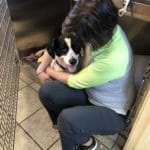
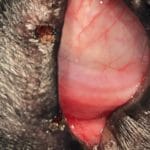
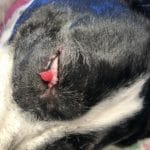
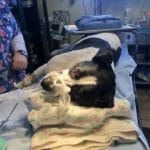

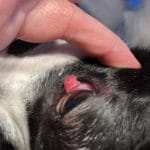

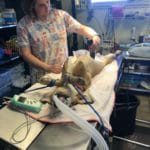
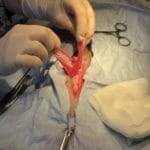
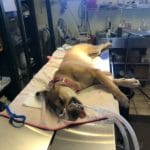

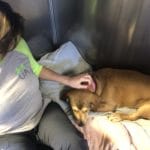
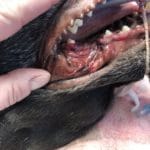

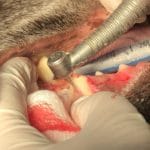
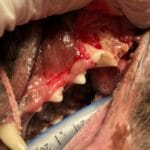
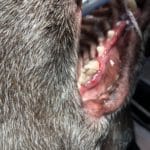
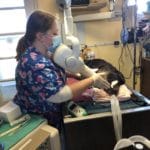
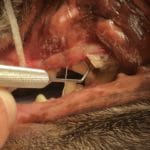
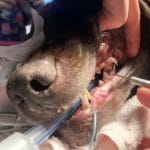

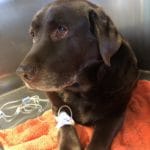

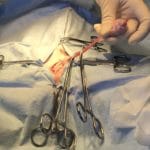
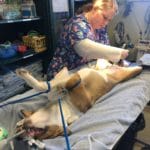

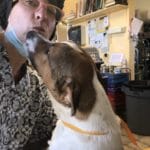

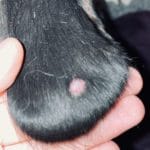

Hello,
It is not uncommon to have some post op swelling of the tissue after a spay. BUT and I have to strongly emphasize this it is IMPOSSIBLE to diagnose or even speculate things like this over the Internet. Your best indication of whether to worry is to follow the advice of your vet.